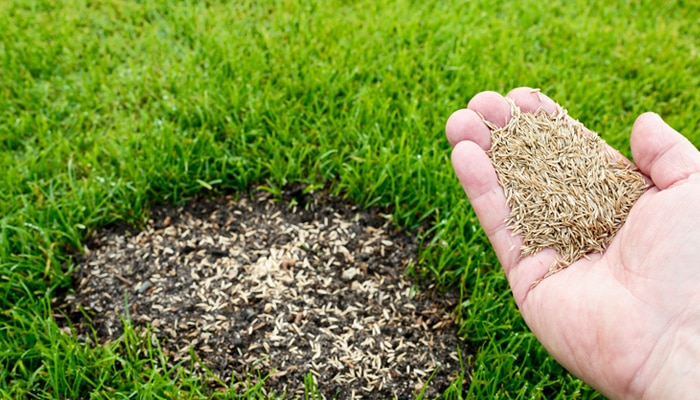While we believe that the books and resources recommended may be of value to you, keep in mind that these are suggestions only and you must do your own due diligence to determine whether the materials are appropriate and suitable for your use. PNC has no sponsorship or endorsement agreement with the authors or publishers of the materials listed.
RECYCLING

Growing Green Grass
Children will explore the idea of reusing and repurposing by reusing hosiery to plant grass seed

Lesson Objective
Children will reuse hosiery as a way of contributing to the health of the environment.
Science
What You'll Need
- Old pantyhose or knee highs, any color – 1 per child
- Grass seed – 1 tablespoon per child
- Potting soil – 2 cups per child
- Measuring spoon – 1 tablespoon
- Small shovels – 1 per child
- Plastic containers such as butter tubs – one per child
- Newspaper
- Spray bottle filled with water
- Permanent marker
What To Do
Note: The grass will sprout in about 2 weeks.
- Begin a discussion with the children about the 3 Rs and becoming environmentally friendly (see Did You Know?).
- Cut the pantyhose at the knee and give one leg to each child, or give each child one of the knee-high hosiery.
- Cover the work surface with newspaper.
- Have each child measure 1 tablespoon of grass seed and pour it into the toe section of the nylon.
- Have each child shovel about two cups of soil into the nylon. They should work the soil down to the foot of the nylon and shape it into a ball.
- Help each child tie a knot at the top of their hosiery. Cut off the excess nylon, leaving about 2 inches dangling.
- Give each child a small plastic container labeled with his or her name. The grass ball should be placed so that it rests in the container with the knotted side down and the toe portion with the grass seed in it facing upward. The ball shape should have one part resting in the container and the other part should be sticking out of the container.
- Have the children carefully water the seeds with the spray bottle until the soil is thoroughly moist but not soaked.
- Check daily to make sure the soil stays moist. If the seeds seem to dry out too quickly, you can place a few inches of water in the container under the nylon ball.
Resources
Home School Resources
Home educators: use these printable lesson PDFs to teach this lesson to your home schoolers. They're available in English and Spanish.
Content Provided By
Common Core State Standards Initiative – These lessons are aligned with the Common Core State Standards ("CCSS"). The CCSS provide a consistent, clear understanding of the concepts and skills children are expected to learn and guide teachers to provide their students with opportunities to gain these important skills and foundational knowledge [1]. Visit the CCSS


